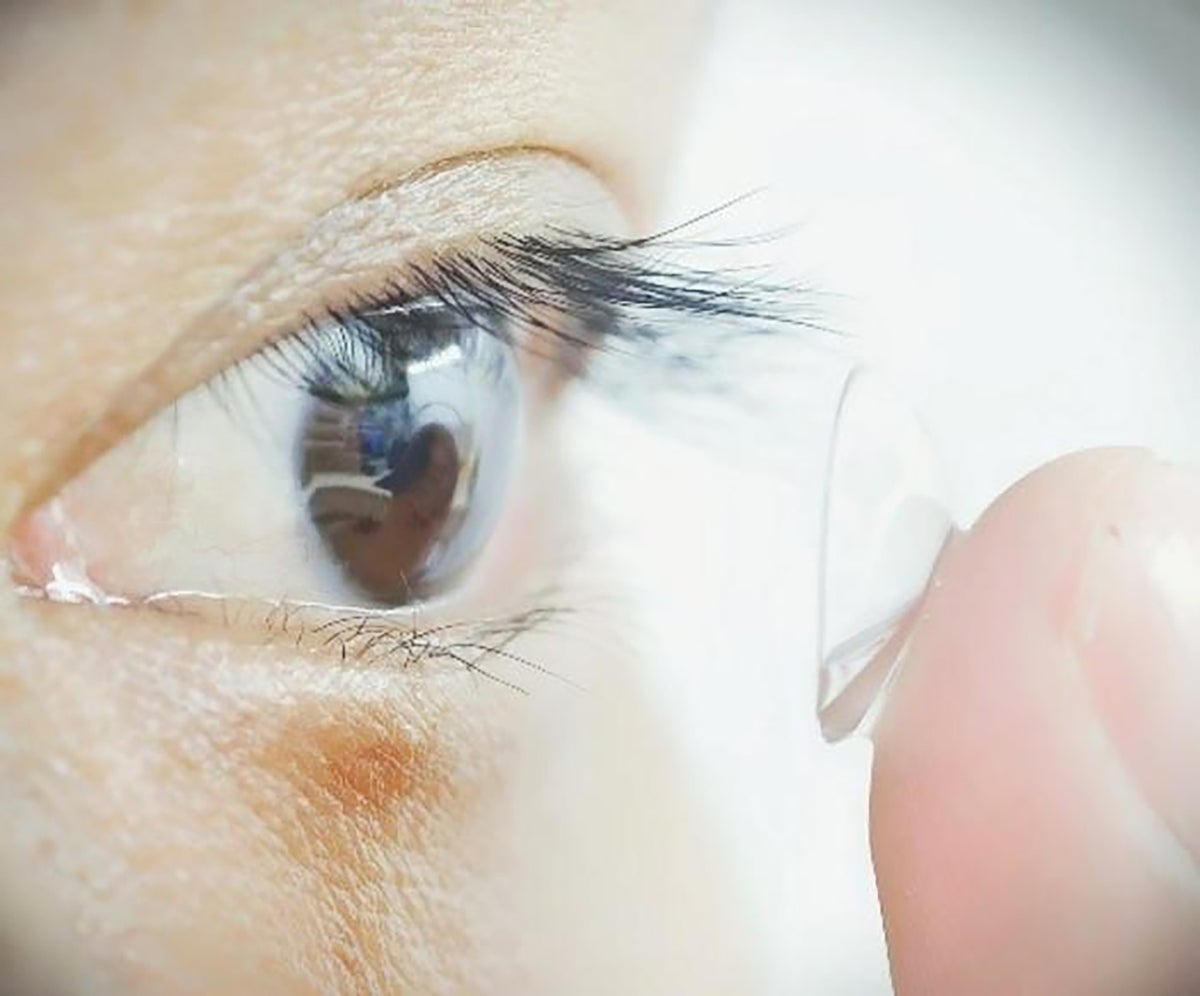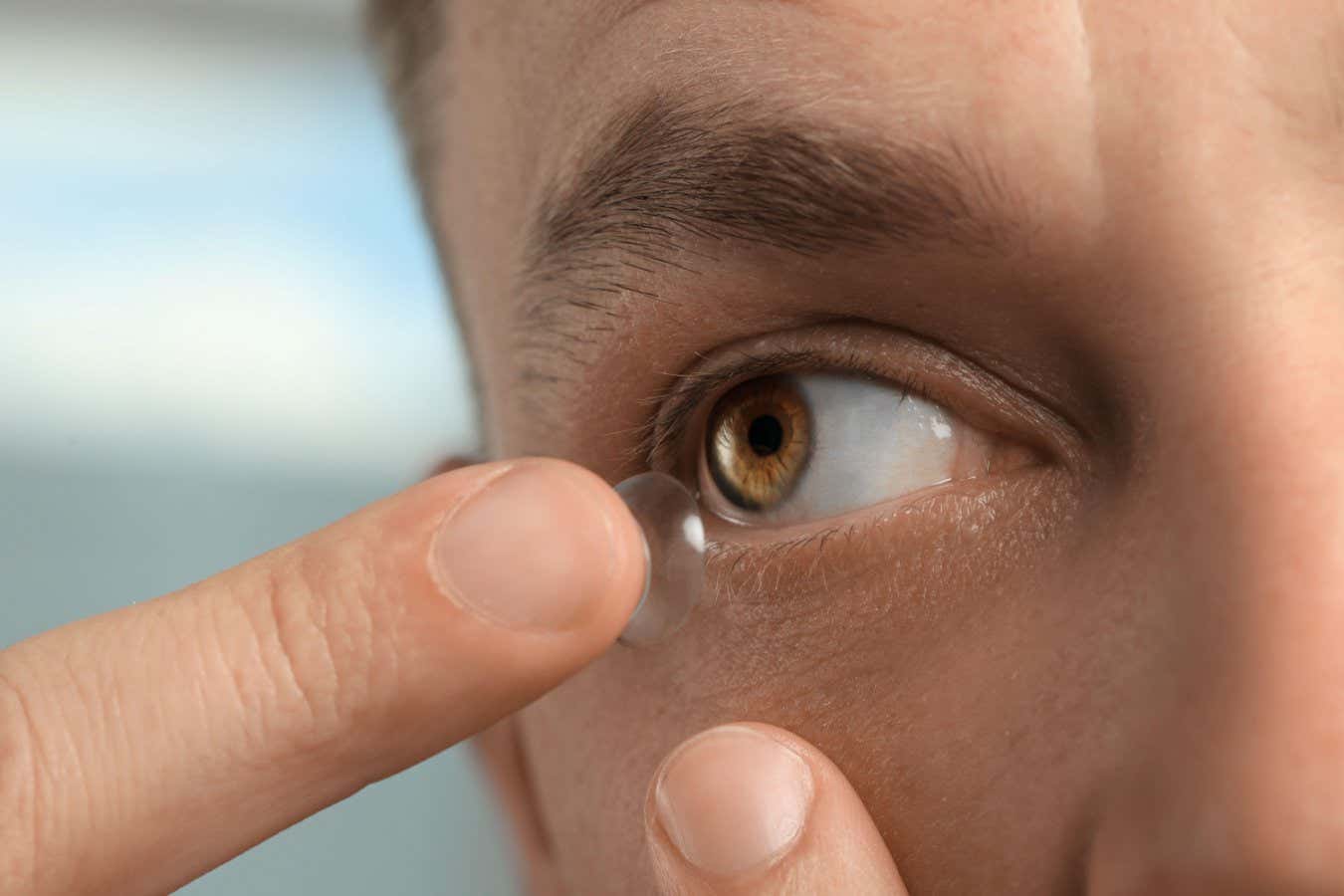Now Reading: Revolutionary Infrared Contacts Enable Night Vision
-
01
Revolutionary Infrared Contacts Enable Night Vision
Revolutionary Infrared Contacts Enable Night Vision

Quick Summary
- Researchers from the University of Science and Technology of china (USTC) have created contact lenses that allow humans to see infrared light even with their eyes closed.
- The lenses are infused with nanoparticles that convert near-infrared wavelengths (800-1,600 nm) into visible light (400-700 nm).
- Each lens costs approximately US$200 to produce.
- The technology allows wearers to detect intense infrared signals, like those emitted by LEDs, but struggles with low-level signals due to limited amplification capacity compared to traditional night-vision goggles.
- Tests showed humans wearing the lenses could read Morse code and detect signal directions using infrared light flashes. Mice tests also confirmed functionality in distinguishing between safe and infrared-lit zones.
- Critics note some limitations: blurry images due to nanoparticle scattering of light and restricted usefulness compared with simpler alternatives like night-vision goggles.
- Possible applications include reading anti-counterfeit marks or assisting doctors in fluorescence-guided surgeries by detecting cancer lesions directly without bulky equipment.Future developments aim at improving sensitivity thru enhanced nanoparticle density and efficiency.
Image Source: !Study participant putting contacts in
Indian Opinion Analysis
the progress of these advanced contact lenses perhaps marks a significant leap forward in vision-enhancing technologies while creating new avenues for specialized applications across industries like healthcare, security, and manufacturing where infrared detection is critical. For India, such innovations could hold promise if adapted for medical procedures or forensic efforts aimed at combating counterfeit goods-important challenges domestically.
However, critics rightly point out practical limitations such as image clarity issues and reliance on strong infrared sources, which may restrict wider adoption until further optimization occurs-an area Indian scientists could explore collaboratively for tailored solutions or cost reduction approaches suited to India’s needs.
While still experimental, this breakthrough underscores how integrating nanotechnology into wearable devices can redefine their utility beyond conventional domains-a development worth monitoring closely as opportunities unfold.

























